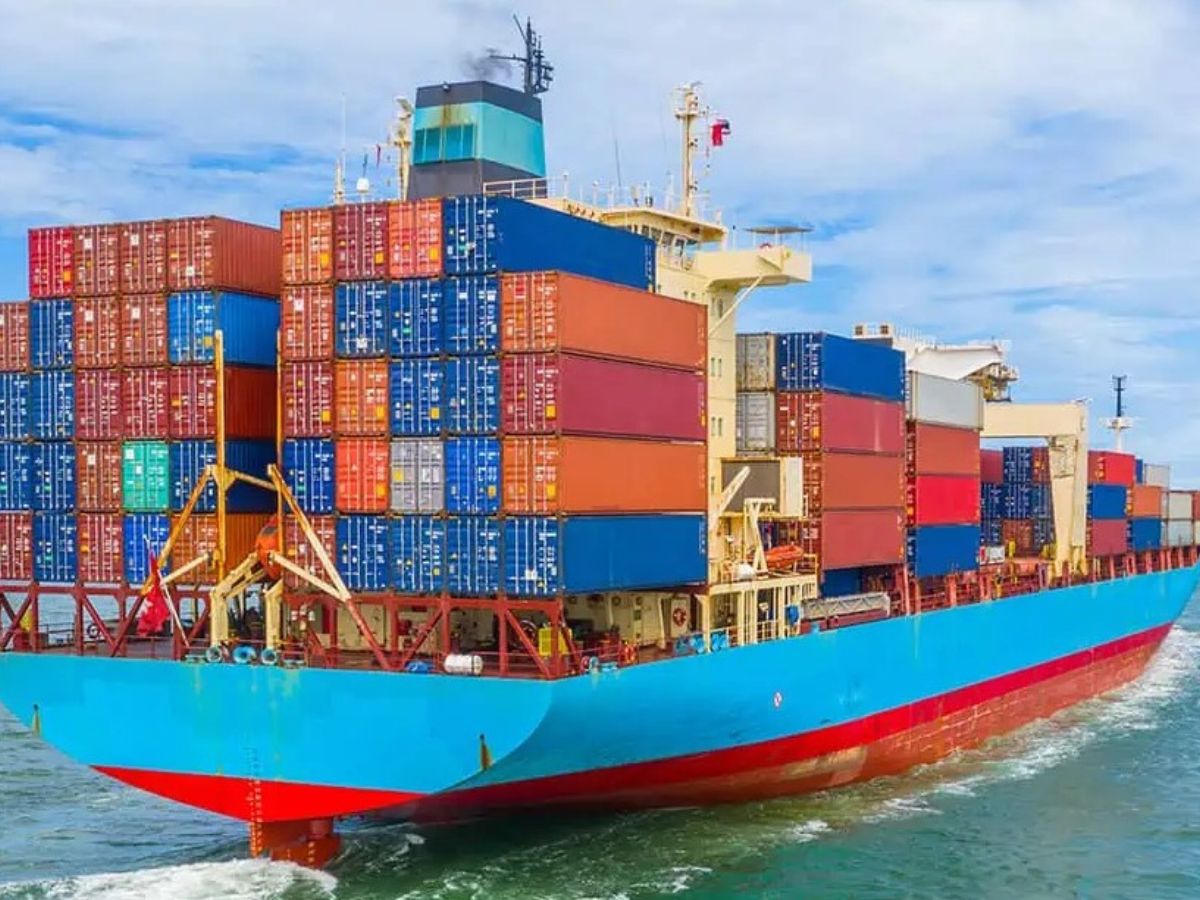The recent trade agreements of the United States with Japan, the Philippines, and Indonesia are developing speculation across Asia and Pacific Regions. There has been a broader strategic shift in the economic policy of the United States toward the region.
August 1 tariff deadline are increasing tensions across nations in Asia. Countries are reviewing their trade strategies to avoid retaliatory tariffs by the US.
The deals declared by President Donald Trump announces a 19% tariff on imports from the Philippines and Indonesia and a 15% rate on Japanese goods, with automotive exports.
However, American goods exported to these countries will have zero tariffs. Additionally, Japan has promised $550 billion in US investment.
Other Asian Economies May Be Next in Focus
Countries like South Korea, Vietnam, Malaysia, and Thailand are key trade partners of the United States. These countries, however, have not yet signed a formal agreement under the new framework.
Vietnam, for instance, exported over $120 billion worth of goods to the US last year. But it remains under review for trade adjustments by the US. Talks with South Korea have reportedly slowed in recent weeks, though its electronics and automobile sectors could be significantly affected if new tariffs are enforced.
China, the region’s largest economy, remains outside the scope of these recent deals but has been the subject of separate tariffs and restrictions under US trade law since 2018.
Asia’s Export-Driven Growth Model Faces Pressures
Most of the Asian economies are dependent on US exports, majorly in electronics, textiles, machinery, and agriculture. Any modification in tariff could disturb long-standing supply chains.
The Philippines and Japan gaining preferential treatment may incentivize others in the region to seek similar terms or risk a loss in competitiveness.
According to the US Census Bureau data, Asia-Pacific region reported for more than 35% of total US imports. With the window for new agreements narrowing, regional economies may face increased volatility in trade planning and foreign investment flows.






